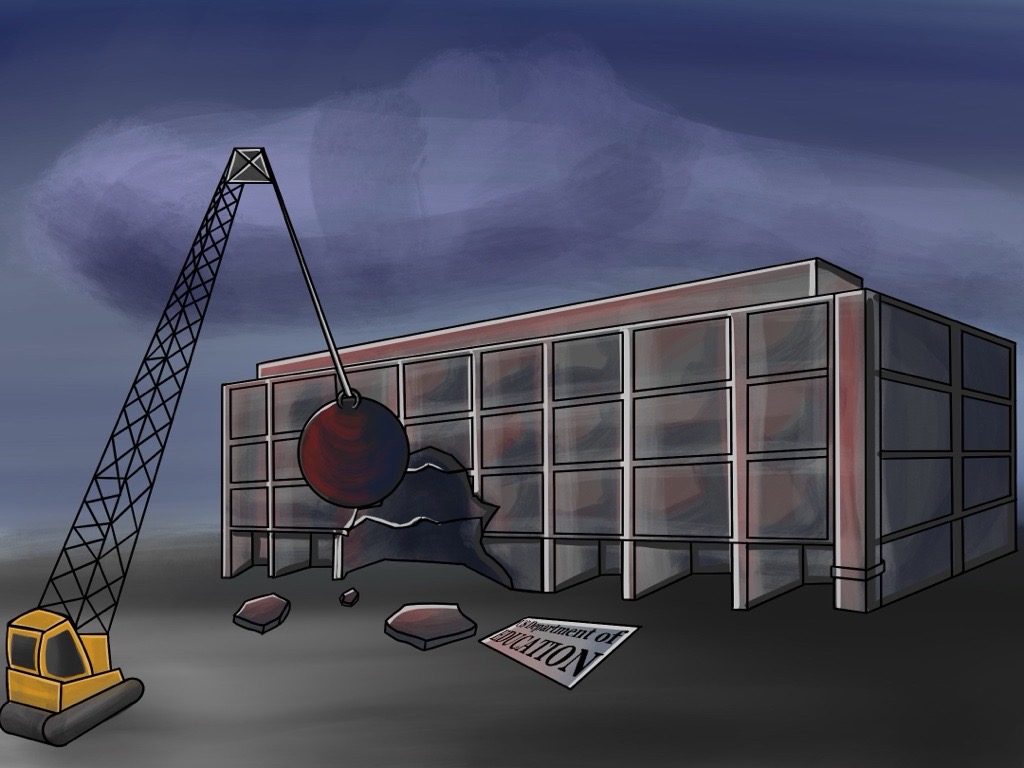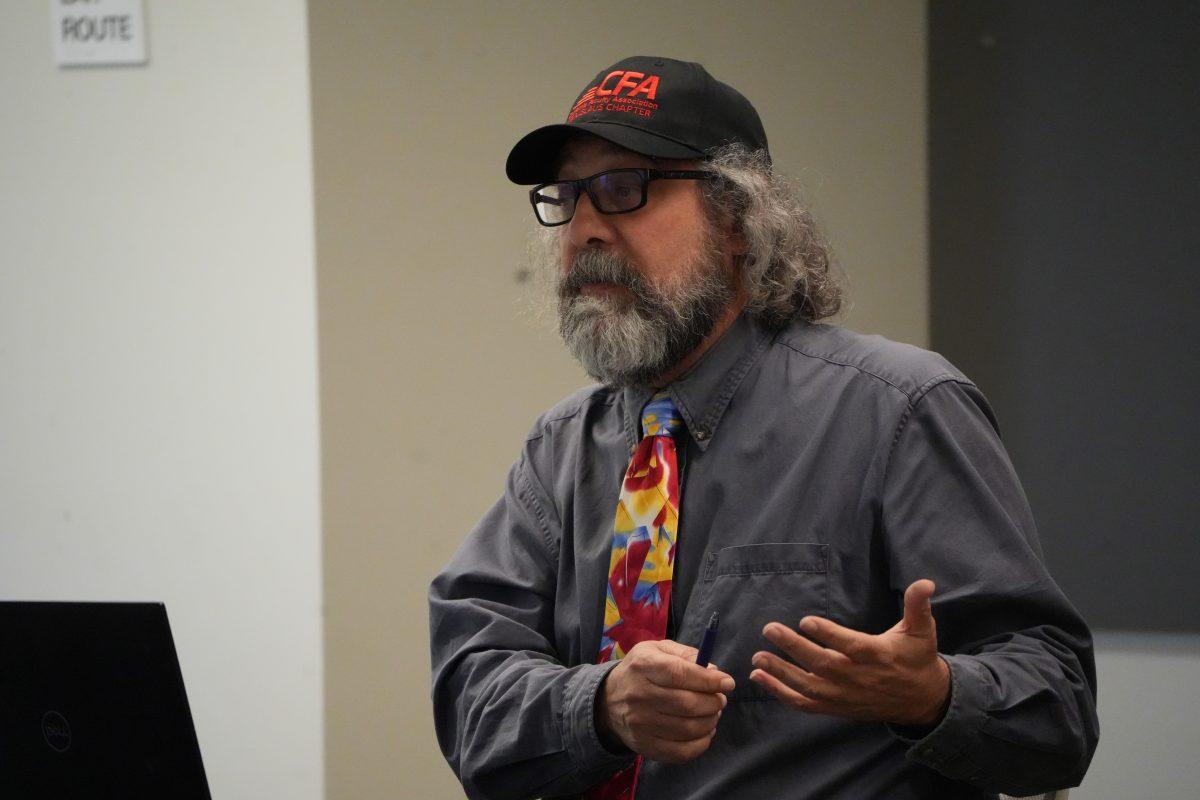Three years is the amount of time that California has been facing this indisputable drought. It will soon take our beloved Golden State into its fourth year of helpless rain-dances if we do not begin to see an increase in snow.
“There is no snow right now,” Gaby Ortiz (senior, Agricultural Studies) said.
Ortiz is the vice president for the Agriculture Ambassadors, a club at California State University, Stanislaus. She also works for the Farm Service Agency in the Stanislaus county.
“I was actually up in Yosemite this weekend and there was no snow at all up there,” Ortiz said. “I mean it looked really nice up there but it was just really sad seeing that there was no snow.”
For those that do not know, snow is so important because the snow-pack is the only viable means of getting rain water to be condensed in one place and available for human consumption. Rainwater that does not form into snow gets lost into the ground below, unavailable for human use.
With less snow-pack, it is important to know that the general public is responsible for a generous portion of California’s water supply.
“I think that we all need to be conscious about the water we use,” said Jarrod Martin, CSU Stanislaus alumni who has a bachelor’s degree in Agricultural Studies. Martin is also a Soil Conservationist with the Natural Resources Conservation Service which is part of the U.S. Department of Agriculture.
“We really take for granted our availability for clean water for our own consumption and for the use of our crops. After being in a prolonged drought I think more people are becoming aware of the situation and are putting more thought into where their water comes from and how much they may have,” said Martin.
According to Martin, future generations do not need to be afraid of running out of water. He believes that weather is cyclical and that the drought will eventually end, but that does not mean we shouldn’t be as conservative with water as possible during the drought.
“I think that everyone just needs to try to think about their personal water use,” Martin said. “Simple things like reducing the amount of time you spend in the shower, cutting back on water use for home lawns and gardens, fixing leaky faucets, etc. Every drop of water adds up.”
Conserving water aside, it is important to note that there has been a large decrease in farming jobs due to this drought.
When asked if we were still experiencing a loss in farming labor, Miguel Vasquez (senior, Agricultural Studies) said, “Yes we are. I mean it’s continuing this year you know, we don’t know what’s going to happen next year.”
Vasquez, who is also an almond farmer, mentioned that a lot of farmers were pulling out their crops and leaving their land fallow because of the lack of labor to attend to crops.
“Some people are spraying them [crops] into dormancy […] they basically tell the tree to go to sleep,” said Vasquez. “It’s definitely hurt, both the farmers as well as the farm labor.”
Farmers are not the only ones experiencing the drought hardship. The drought has also had an indirect impact on the surrounding community.
“Agriculture is one of the main economic drivers in Stanislaus County,” said Martin. “When farmers are forced to reduce the amount of crops they grow because they don’t have water to grow them, they aren’t making or spending money.”
According to Martin, businesses who provide services to farmers, such as seed, fertilizer, pesticides, tractor fuel, equipment maintenance, etc. will not be the only businesses feeling the impact of the drought.
“Farm workers spend money locally on clothing, food, entertainment, etc.,” said Martin. “If those farm workers are unemployed then they won’t be able to spend their money locally and local businesses will feel the impact,” said Martin.
Just like the farmers and the community, the crops themselves have experienced a loss in both quantity and quality.
“[Last year] many [almond] farmers said that they noticed more undersized or shriveled almond kernels than usual,” Martin said. “I have not yet seen the crop reports for the County to verify this, but I would say that overall there were less row crops produced in Stanislaus County in 2014 than there had been in recent years.”
Martin also mentioned that in Westley, Patterson, and Newman, where most of the row crops grown for human consumption in Stanislaus County, like tomatoes, beans and melons, “received very little water compared to years past which resulted in many farmers not planting crops and leaving the fields fallow.”
Categories:
California still in midst of drought and it’s not getting better
By Christian Havens
•
February 21, 2015
0
Donate to Signal
Your donation will support the student journalists of California State University, Stanislaus. Your contribution will allow us to purchase equipment and cover our annual website hosting costs.
More to Discover










